Recently launched in Malaysia, the 2016 MV Agusta Stradale 800 – retailing at RM99,917 – is MV’s answer to the Ducati Hyperstrada. Admitting to taking the direction set by the Hyperstrada, MV took their Rivale 800 super-motard bike, and slapped a couple of saddle-bags and a wind-screen on it. Simple, yes?
Actually, no. When the Hyperstrada – which retails in Malaysia for RM74,999 on-the-road – came on the market, it was filling a market-niche for riders who wanted an aggressive bike, but with a carrying capacity of more than a tooth-brush and a change of underwear. Now, motards make a lot of sense in dense urban traffic.
Take what is essentially an enduro bike, preferably with a big single-piston engine for gobs of torque, and it’s tall, up-right seating position, narrow profile and short wheelbase, and you have the perfect weapon for slicing-and-dicing in traffic. While this might be a formula for fun, motards tend to be limited when it comes to full-on highway cruising, resulting in the hyper-motard.
Add a bigger engine, minimal weight, bonkers brakes and you now have a hyper-motard. This was the path taken by MV Agusta with the 2016 Stradale 800. Taking a Rivale 800 hyper-motard and mounting a pair of saddle-bags, it created the perfect foil to the Ducati Hyperstrada.
The word ‘perfect’ is relative, here. Because while the Stradale 800 was an awesome ride, it did have a few things different about it that should make a rider take pause in considering this as a daily city motorcycle, or, for that matter, a highway cruiser. Here’s what we found.
At first approach, the thing that is apparent about the Stradale 800 is its height. The saddle is a nose-bleeding 870 mm off the ground. For the vertically challenged, think about another alternative, unless you know how to stop a bike with one butt-cheek off the seat.
Getting on revealed this sport-tourer’s dirt-bike influence. The riding position is set way forward. When seated, the Stradale 800 disappears underneath you, and looking down shows only the instrument cluster and the bars. If you suffer from vertigo, the Stradale will definitely give you that “falling off a cliff” feeling.
The reach to the bars is short, giving the arms-up, aggressive posture common to motard riders. While this allows for the rider to exert more leverage on the handlebars for quick changes of direction, it does become tiring after a while. Dropping the elbows gives some relief, but the cramped cockpit better suits slim, tall riders.
Speaking of cramped, being seated in the saddle revealed one of the things we felt should be changed on a bike with sports-touring intentions. The saddle fixes the rider in a very limited, forward position, with little room for moving around to relieve saddle soreness.
Cut narrow in moto-cross style, the seat is comfortable and does allow for the legs to reach the ground, somewhat, for shorter riders, but the short fore-and-aft length means very little butt space. Being locked in one position might be fine for racing and fast road riding, but this isn’t so good for a bike you may be riding for several hours.
Riding position on the Stradale 800 is tall, giving the rider a commanding view of traffic. The wide aluminium handlebar gives good control and leverage over the bike, allowing for quick changes of direction and easy mid-corner course corrections.
A word about the steering. When MV took the Rivale 800 and decided to turn it into a sports-tourer, they found the Rivale’s frame geometry a little too quick, so the frame geometry was re-designed to give it a little more stability and slow the steering down.
Now, if this is what MV calls slow, it might be reading from a different book, because the Stradale 800 felt like it had power steering. Steering effort was practically zero, with none of the bike’s 181 kg dry weight showing. As an already light bike, as far as three-quarter litre bikes go, all that was needed was a slight pressure on the bars, right or wrong, to make it change direction.
Sneeze inside your helmet, and you might find yourself two lanes away in the blink of an eye. This quick handling makes the Stradale 800 fun to ride on twisty roads, with the left-right-left corner transitions being executed in the blink of an eye.
The Stradale is helped in the handling stakes by its trellis frame and suspension. The frame is stiff, and betrayed no signs of flex despite the slim profile of the bike. The tank allows for the knees to come in close, and grip the sides during spirited riding.
Marzocchi looks after suspension duties in front, with a pair of up-side down units. Suspension travel is 150 mm, more than enough to handle anything the road can throw at the bike, and the forks are adjustable for everything. As ridden, the initial fork settings were a little choppy, but two clicks to the left on the rebound softened things up a little for daily riding. The compression, adjusted on the right fork, was left alone, as front-end dive during braking was perfectly under control.
A Sachs unit does the ‘boing-boing’ thing at the back, again with adjustable pre-load, compression and rebound, with 150 mm of travel. Mounted in a massively-braced aluminium alloy single-sided swing-arm, the Stradale handled drag-style traffic light take-offs well, and the rear wheel staying in line at all times.
Taking the usual test loop showed the Stradale 800 handled all sorts of roads well, with the bike rewarding an aggressive riding style. High-speed highways showed a little weave setting in at high three-digit speeds. It wasn’t alarming, but it was slightly disconcerting. Take care when over-taking big lorries and buses, as the pressure wave coming of the front of a big vehicle tends to push the Stradale a little sideways due to the light weight of the bike.
The small wind-screen performed well, providing a nice bubble of still air around the shoulder and chest area. If it was not for the rather restricted seating position, the Stradale would score more highly in our books as a sports-tourer.
Coming to the engine, the Stradale 800 uses a three-cylinder, in-line 798 cc engine, fuelled by a ride-by-wire 47 mm diameter Mikuni throttle bodies that are managed by an Eldor Nemo EM30 ECU. MV claims 115 hp for the mill, and 78.5 Nm of torque, all electronically controlled. To say that the Stradale’s engine is wired would be putting it mildly.
Called MVCIS (Motor & Vehicle Integrated Control System) by MV, the rider has a choice of four different throttle maps, eight levels of traction control, and the MV EAS 2.0, MV’s fancy name for an electronic quickshifter. MV’s engineers had the goal of providing a smooth power delivery as possible when designing this engine, and it does show.
Take-offs and acceleration through the gears were performed with no fuss and very, very quickly, and hoisting the front wheel was easy. The quickshifter helped in this regard, allowing for both clutch-less up-shifts and down-shifts, the latter expedited with a quick blip on the throttle. Why a sports-tourer would need a quickshifter is a question best left unanswered.
Braking was the usual high-level performance we have come to expect from Brembo, served by a pair of radial four-piston calipers in front gripping 320 mm diameter dinner plates and a two-piston Brembo out back. Equipped as standard with Bosch 9 Plus ABS with RLM, or Rear-wheel Lift-up Mitigation, the ABS system prevents the rear wheel going vertical during heavy braking.
Where the system did fall down a little was in dealing with small, partial throttle openings when riding through heavy traffic. When left in “Normal” mode, the engine is limited to 90 hp, but slipping through tight spaces at walking speeds saw the engine stumbling slightly, like it was on the verge of stalling, even when the clutch was pulled.
Changing the throttle mapping to “Sport” gave the engine more urgency and let the 115 horses run free, but the power-band now shifted further up the rev-range, and riding style had to be changed to suit, to something a little more right-hand heavy. Going in to “Custom” mode allowed for some refinement to the power delivery at low speeds, but the problem never really went away.
Selecting different ride modes and throttle maps on the fly was easy, a few clicks on the buttons and things were set and ready to go. Programming custom mode was intuitive, and didn’t require consultation of the manual. Hand controls were nice and tight, although the turn indicator was oddly located where the horn button usually is, resulting in inadvertent honking when a change of direction was intended.
The instrument cluster itself was clear and easy to read, with a legible LCD display and speed display in large numerals. The bar-readout tachometer was easily legible as well, and special mention goes to the accurate fuel gauge, which negated the need for odometer readings and mental mileage calculations.
Coming with a pair of saddle-bags, as befits its sports-tourer status, these custom MV Agusta items feature integrated brake lights, and are removed by pulling a Dzus fastener, unhooking the wiring and turning a key. Capacity for these bags isn’t large, although a Macbook Air could fit inside if squished in diagonally. Removing the bags revealed a set of rear lights that are activated when the bags are removed.
The 2016 MV Agusta Stradale 800 retails for RM95,930, including GST. On-the-road pricing, including registration, all-rider insurance and road tax, bumps the price up to RM99,917. The bike comes with a two-year, unlimited mileage warranty and two colours are in stock – pearl white/sand metallic grey as tested or bronze metallic/pearl white. Official service is available at Chear Motor in Klang, Kuala Lumpur, Kuantan and Ipoh, as well as dealers in Penang, Johor and Melaka.
So, who needs this bike? Going up against Ducati’s 2016 939 Hyperstrada, expected in Malaysia later this year, means the Stradale 800 could be tough to justify, depending on Ducati’s pricing. The razor-sharp and faultless handling, along with the manageable power of the engine during balls-out cornering, makes this a sweet bike for aggressive riding, with the benefit of a little extra carrying capacity.
But as a daily-riding, do-anything bike? For a sports-tourer, it is a little biased towards the motard side of things, performance wise, with not enough emphasis on distance touring sensibilities. Unless you’re looking for something different from the norm, and are tall enough to manage the seat height, we would recommend thinking long and hard before pulling the trigger on a purchase.
Looking to sell your car? Sell it with Carro.

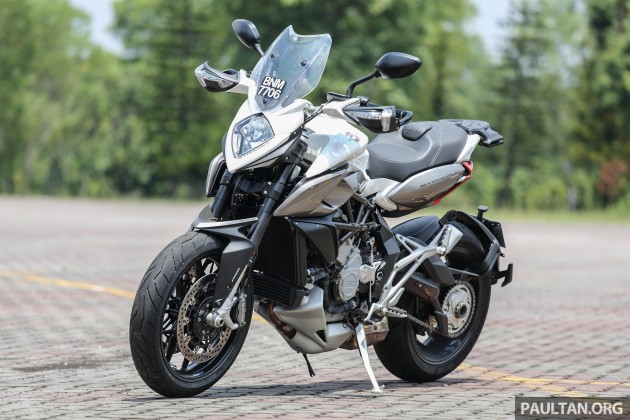


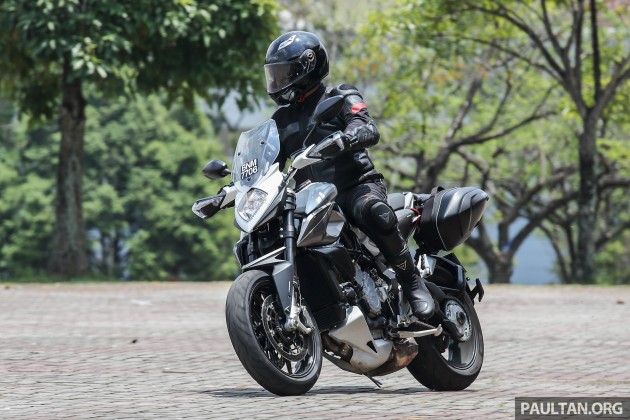






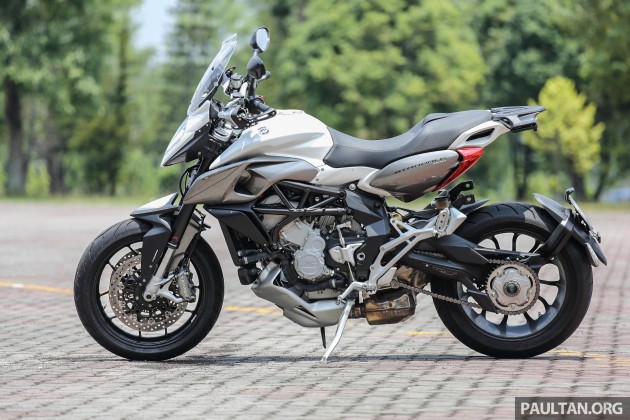










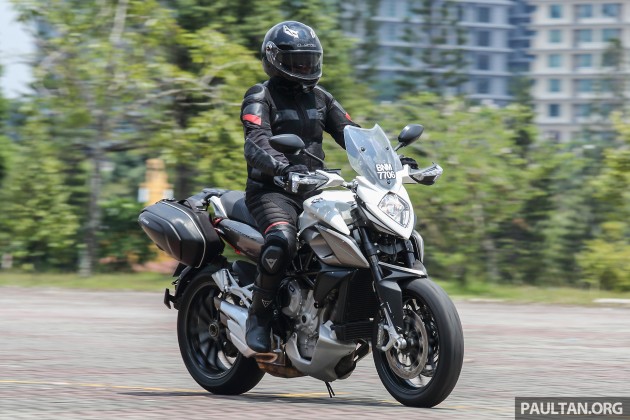
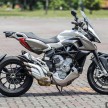
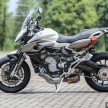

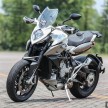
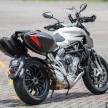


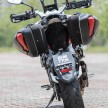
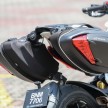

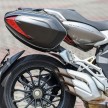
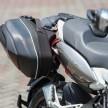
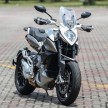
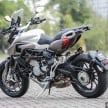
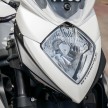
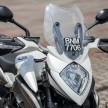
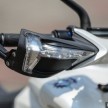
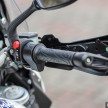
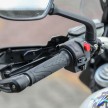
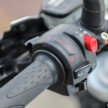
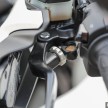
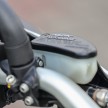
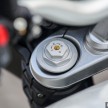
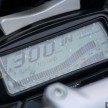
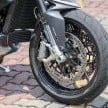
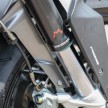
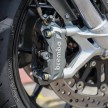
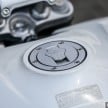

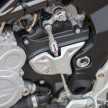
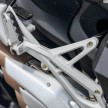
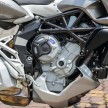
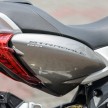
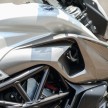
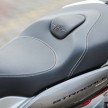
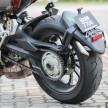
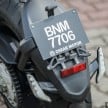
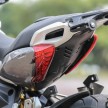
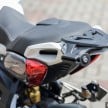
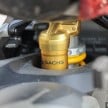
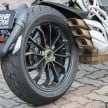
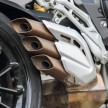
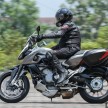


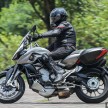

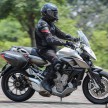
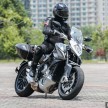
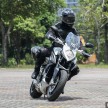



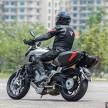


“Sneeze inside your helmet, and you might find yourself two lanes away in the blink of an eye”
This made me laugh and sad at the same time
Syarikat ini ke yg proton beli dgn harga yang mahal dan jual dengan harga yang murah?
https://en.wikipedia.org/wiki/MV_Agusta#Loss_of_the_guiding_force_.281971_-_1980.29
Pity p1…lost never found…